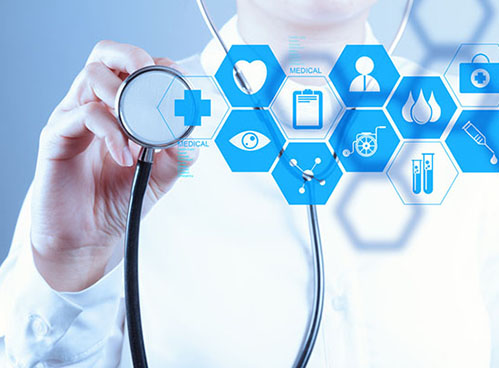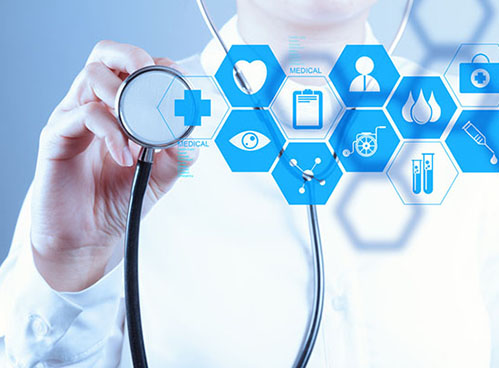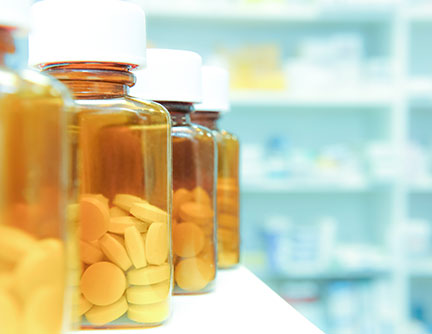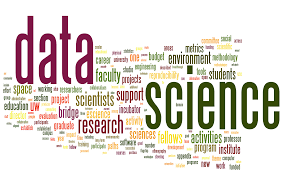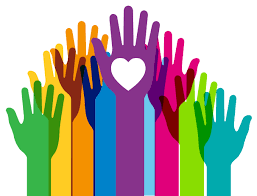From its role in global epidemics to new wearable technology and public health analysis, big data is having a tremendous impact on the medical field. There are many potential benefits, but also possible drawbacks: while patients will be armed with more knowledge and awareness of their current physical condition, they should be aware that their health information is subject to exposure via hospital system hacking targeting electronic health records (EHRs). With greater access to information comes increased need for tighter security protocols in order to protect sensitive patient information. However, there is also the potential for more careers to open up in app development, cybersecurity, information systems, and predictive analytics.
Let’s explore a few specific applications of big data as it applies to public health: wearable technology, predictive analytics, and disease mapping.
1. Wearable Technology
In addition to wearing a smartwatch to monitor your heartrate, imagine wearing a skin patch to perform blood tests remotely, or an earbud to detect abnormal heartbeats. Those are just a few of the cutting-edge products that are in the process of being developed, and the possibilities are exciting to consider. A more comprehensive utilization of smart watches connected to skin sensors and wearable vests, for example, may allow for more specific types of monitoring.
More comprehensive data collection and compilation will allow doctors to receive detailed patient information over time, as opposed to limited understanding based on a one-time hospital visit. Through the use of these wearables, patients may be alerted to take their medication or moderate their activity levels, due to an irregular heartbeat or a change in blood-oxygen levels. This remotely-collected data will automatically be integrated with other streams of data and EHRs to help alert doctors and family members, in the event of an emergency. Expect to see more of these devices working together to make healthcare more proactive in the near future.
2. Predictive Analytics
Cities are using predictive analytics to improve issues related to public health—for example, food safety and lead contamination. One example of this big data technology in action is Chicago’s Department of Public Health (CDPH) recent partnership with the Department of Innovation and Technology to analyze food-related data.
By calculating scores for various food establishments based on building code violations, neighborhood population density, social media reports, and other factors, they were able to augment manual inspections and identify high-risk establishments in order to help city inspectors prioritize their schedules, accordingly. This data analysis resulted in more efficient inspection schedules and improved local public health.
3. Disease Mapping
In the wake of serious shortages of doctors and nurses, international public health organizations have been forced to make tough decisions about which groups are in the most dire need of treatment. For example, the recent Ebola crisis inspired the use of various platforms, apps, and services to collect data and communication and provide real-time information about recent outbreak situations and developments. One example is UNICEF’s development and utilization of Edutrac, a mobile phone based data-collection system that was able to collect real-time data about teacher and student attendance to help ensure hygiene equipment had been delivered to schools in Sierra Leone.
And in Europe, a surveillance system called Influenzanet uses data available online to gather self-reported volunteer info about symptoms related to not only influenza but also Salmonella, E. Coli, and the Zika virus. Scientists are able to then map out geographical risk charts in order to better predict future outbreaks, should they begin to accumulate.
* * *
More data will also mean greater demand for cybersecurity professionals and information systems experts to be able to determine how to not only ensure all technologies work together, but that confidential information can be kept out of the wrong hands. Still, these developments signal a shift from purely market-based technology to more critical, life-saving technology, meaning more jobs in the healthcare and medical sector, as well.
The future of big data is already beginning to affect the health care and medical industries. Where do you see yourself in this developing picture?





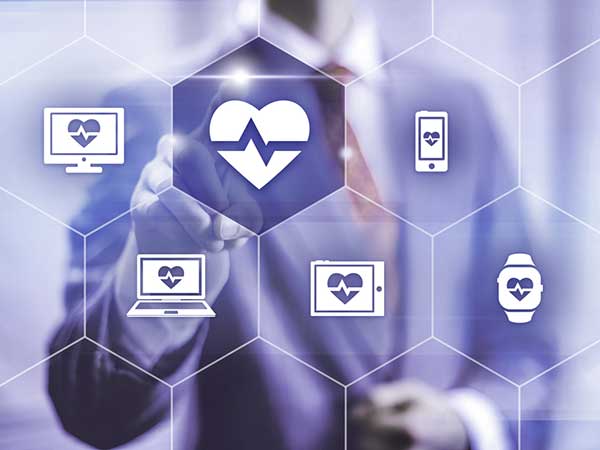
![Big data and Parkinson’s disease – Causes, symptoms and treatments [Infographic]](https://crayondata.ai/wp-content/uploads/2022/05/infographic-1-2.jpg)
